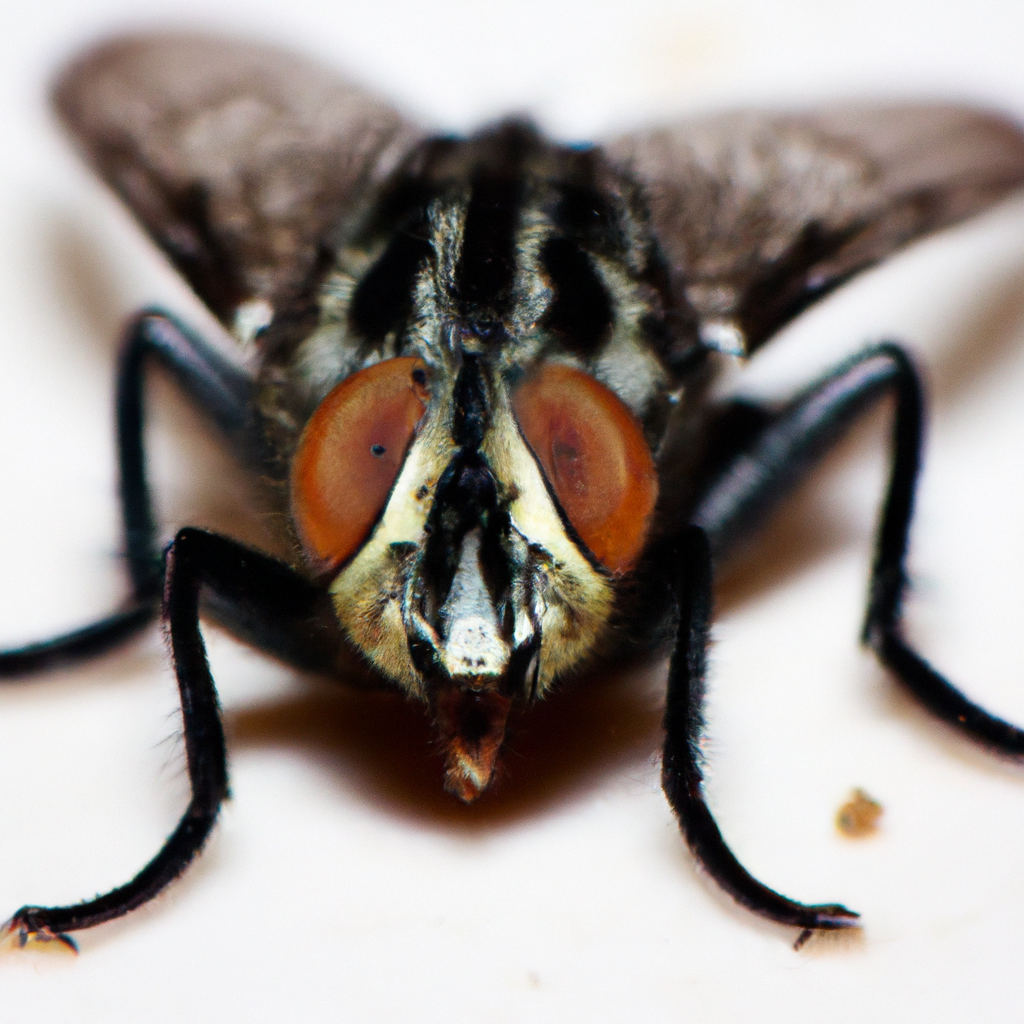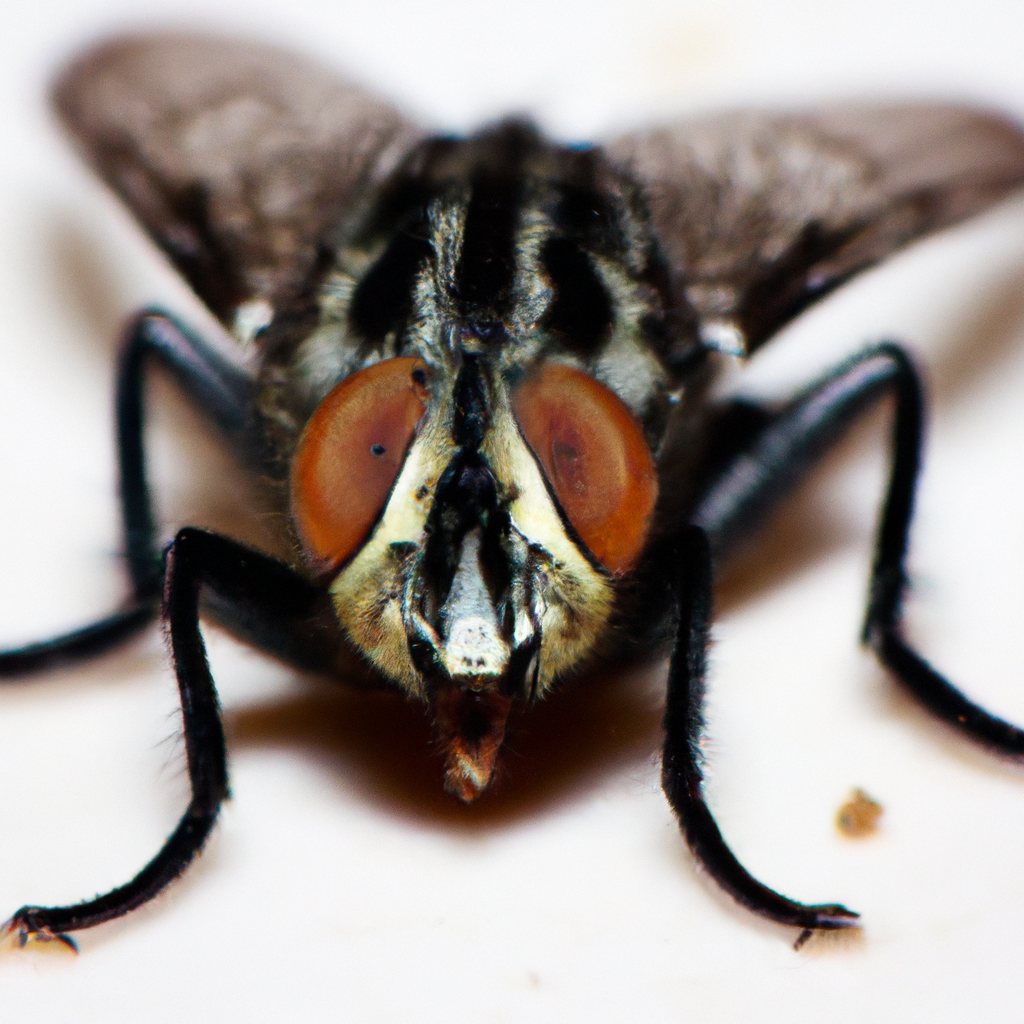Flies, we all encounter them buzzing around our homes and gardens. But did you know that not all flies are harmless? In this article, we will explore the world of flies and help you identify those that can pose a threat. From disease-spreading houseflies to crop-damaging fruit flies, we’ll uncover the key characteristics to look out for and provide you with essential knowledge to protect yourself and your surroundings. So, next time you spot a fly, you’ll be equipped with the information needed to determine whether it’s time to take action or simply shoo it away.
Identifying Harmful Flies
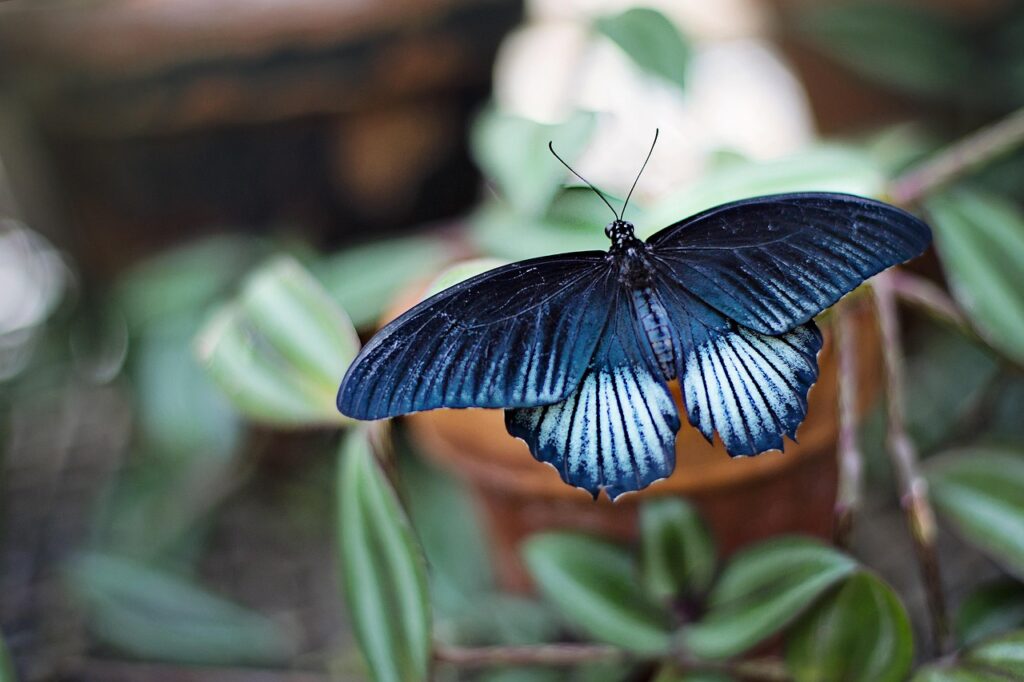
Introduction to Harmful Flies
When it comes to flies, not all of them are harmless little insects buzzing around. There are certain species of flies that can pose a threat to both our health and the economy. These harmful flies can cause damage to crops, spread diseases, and even contaminate our food. It becomes crucial for us to be able to identify these harmful flies to minimize their impact on our lives.
Common Harmful Flies
There are several species of flies that have earned the title of being harmful due to their detrimental effects. Some of the most common harmful flies include the housefly (Musca domestica), fruit flies (Drosophila spp.), blowflies (Calliphoridae), and stable flies (Stomoxys calcitrans). These flies may seem small and insignificant, but their presence can lead to significant problems if not addressed properly.
Physical Characteristics
To identify harmful flies, it is important to know their physical characteristics. Houseflies, for example, are approximately 6 to 7 mm in length and have a gray or black body with four dark stripes on their thorax. Fruit flies are much smaller, measuring around 3 to 4 mm, and have a yellowish-brown body with red eyes. Blowflies, on the other hand, have a metallic blue or green body and are slightly larger than houseflies. Stable flies resemble houseflies but have a sharp, bayonet-like mouthpart.
Harmful Fly Habitats
Different harmful flies have different habitats. Houseflies, for instance, thrive in areas where there is a high availability of organic materials such as garbage or animal waste. Fruit flies, on the other hand, are commonly found near rotting fruits and vegetables. Blowflies are attracted to decaying animal carcasses, while stable flies prefer areas with animal manure. Understanding their preferred habitats can help you identify areas where harmful flies are likely to be present.
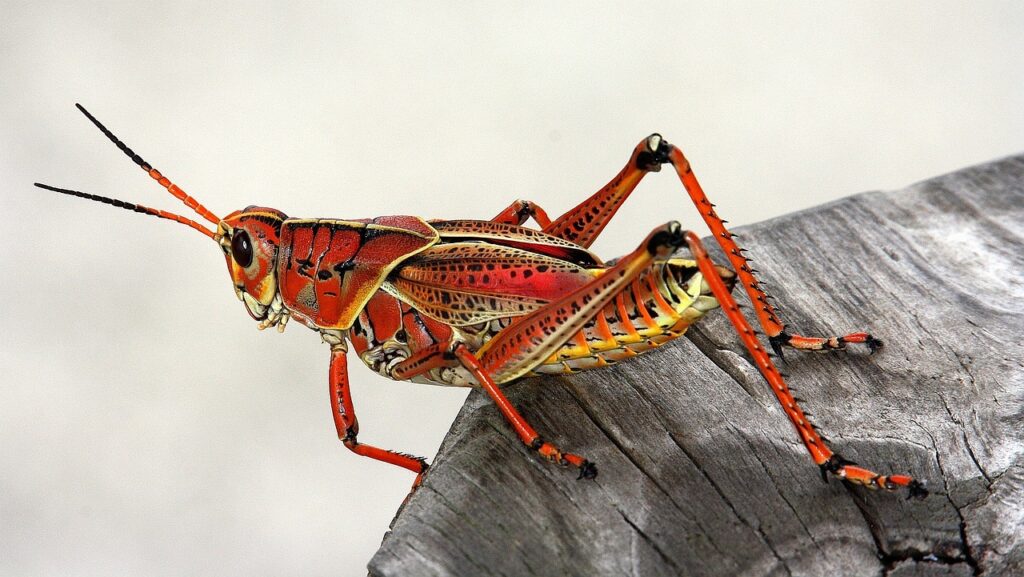
Harmful Fly Behavior
Understanding the behavior of harmful flies is essential in identifying them. Houseflies, for instance, are known for their ability to rapidly reproduce and are attracted to human and animal food sources. Fruit flies are often found near fruits and vegetables, and their female counterparts lay eggs near fermenting materials. Blowflies are attracted to open wounds and carcasses for egg laying. Stable flies, too, prefer to bite and feed on the blood of animals, including humans. Knowing their habits can help differentiate one harmful fly from another.
Economic Impact
Harmful flies can have a significant economic impact on various industries. The agricultural sector, for instance, can suffer crop losses due to fruit flies infesting fruits and causing spoilage. Livestock owners may experience decreased milk production or even develop health issues in animals due to stable flies. Additionally, the food industry can be affected by contamination caused by flies, leading to financial losses, reduced consumer trust, and increased costs for proper hygiene practices.
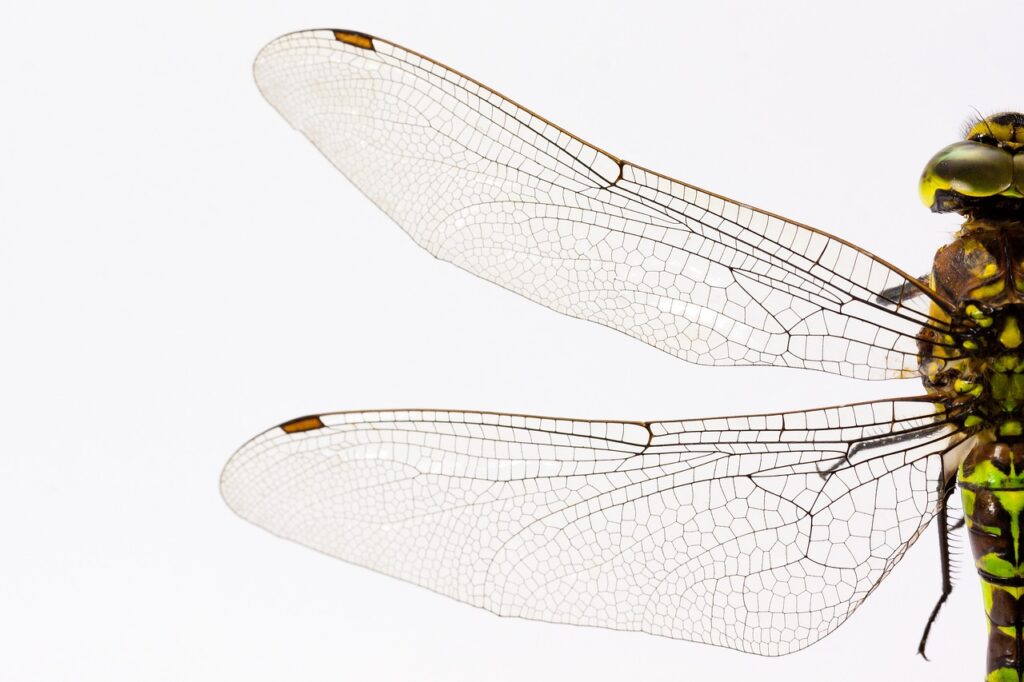
Health Risks
Apart from the economic impact, harmful flies also pose health risks to humans and animals. Flies like houseflies and blowflies are known to carry and spread various diseases, including salmonella, dysentery, typhoid fever, and cholera. Fruit flies can contaminate food with their germs, leading to food poisoning. Stable flies, with their painful bites, can cause discomfort and annoyance, as well as transmit diseases to both humans and livestock.
Signs of Infestation
Recognizing the signs of infestation is crucial in identifying harmful flies. When it comes to houseflies, you may notice an increased number of flies inside your home or commercial space, as well as finding their eggs or larvae in food or organic waste. Fruit flies often gather near overripe fruits, while blowflies leave behind their distinctive eggs on decaying matter. Stable flies may be observed biting animals, including horses and cattle, causing them distress. Being vigilant about these signs can help prevent infestations from worsening.
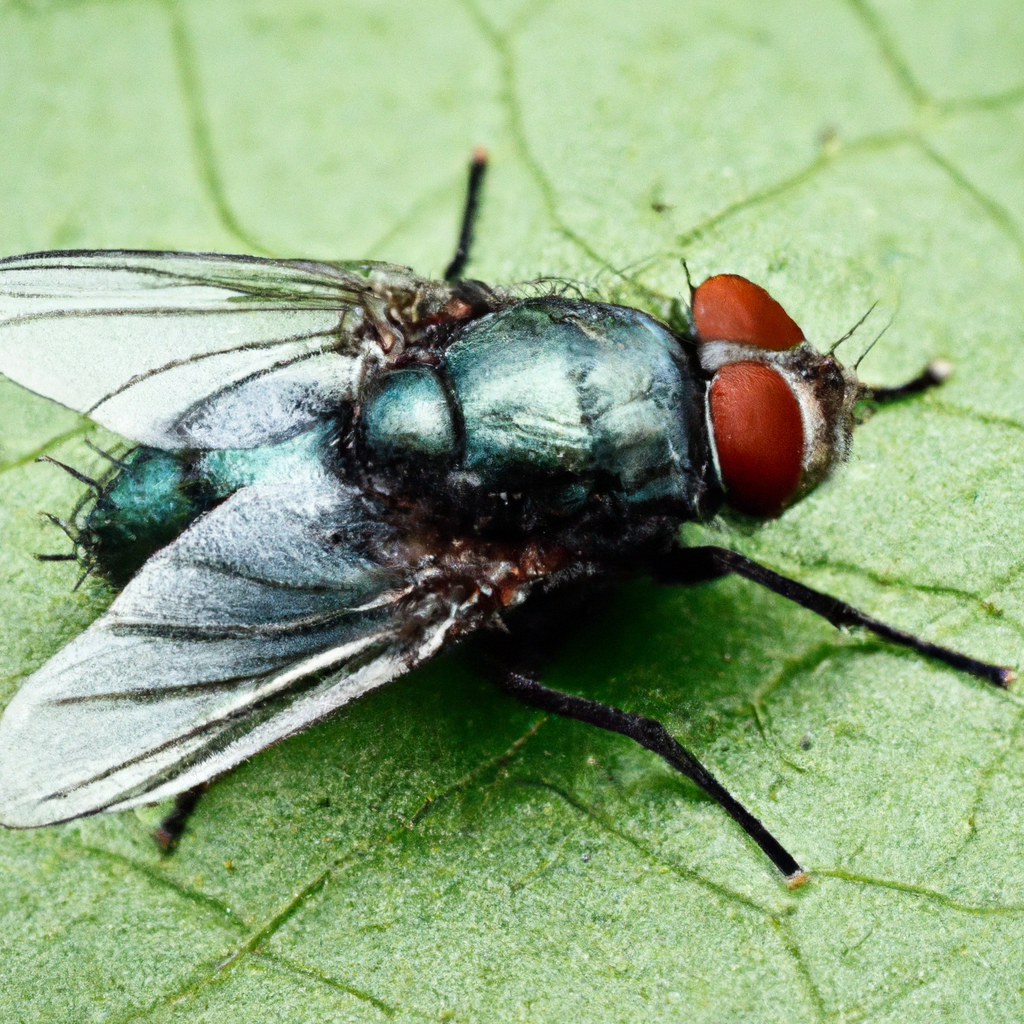
Preventing Harmful Flies
Prevention is key when it comes to dealing with harmful flies. To avoid attracting houseflies, it is crucial to maintain cleanliness and proper waste management, keeping garbage covered and disposing of it regularly. For fruit flies, removing overripe fruits from your kitchen and ensuring proper storage can help prevent infestations. Employing proper carcass removal methods and maintaining clean livestock areas can reduce the risk of blowfly and stable fly infestations.
Controlling Harmful Fly Populations
In cases where prevention measures are not enough, controlling harmful fly populations is essential. Fly traps can be an effective method to reduce fly numbers, such as sticky traps for houseflies or vinegar traps for fruit flies. Insecticides can be used as a last resort, but it is important to follow instructions carefully and consider the potential impact on the environment. Regular cleaning, proper waste disposal, and maintaining a hygienic environment are crucial in controlling harmful fly populations.
In conclusion, harmful flies can cause significant damage to both our health and the economy. Identifying and understanding these flies is the first step in mitigating their impact. By recognizing their physical characteristics, habitats, behavior, and the signs of infestation, we can take necessary preventive measures and employ effective control methods. By doing so, we can protect our health, minimize economic losses, and ensure a fly-free environment for everyone.
